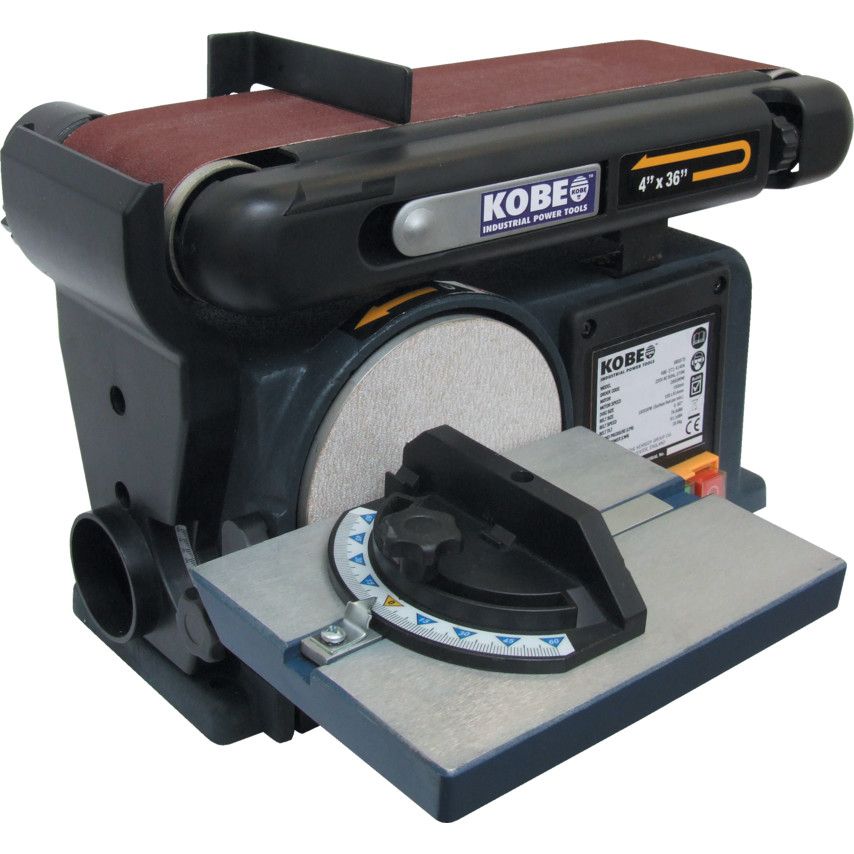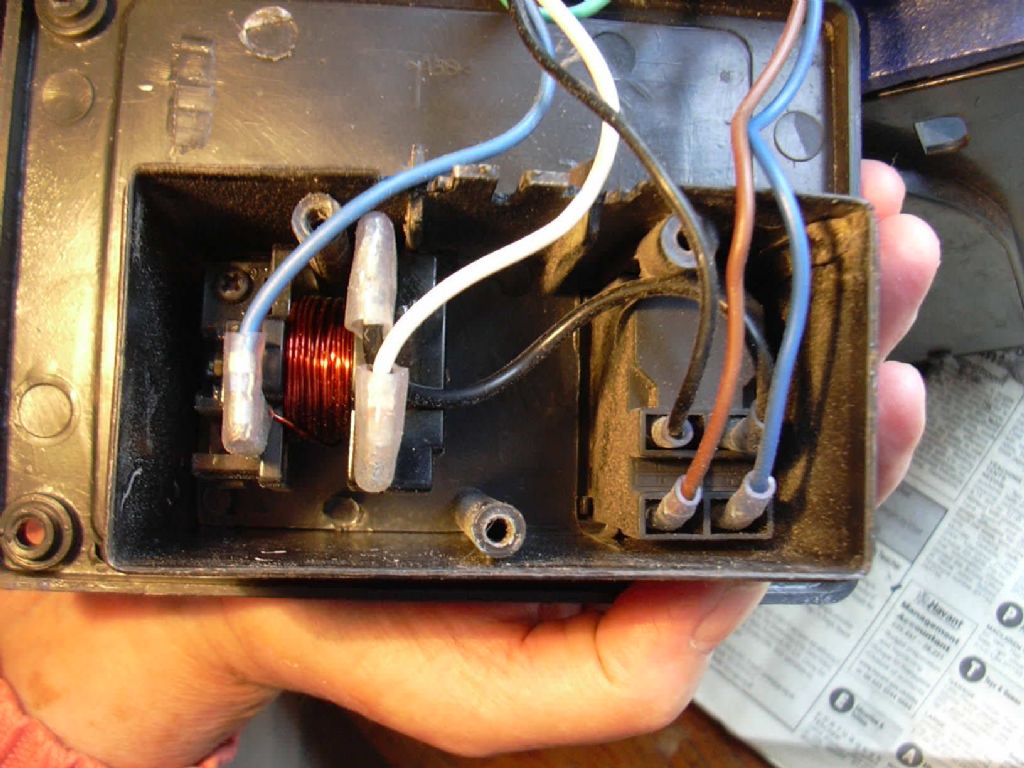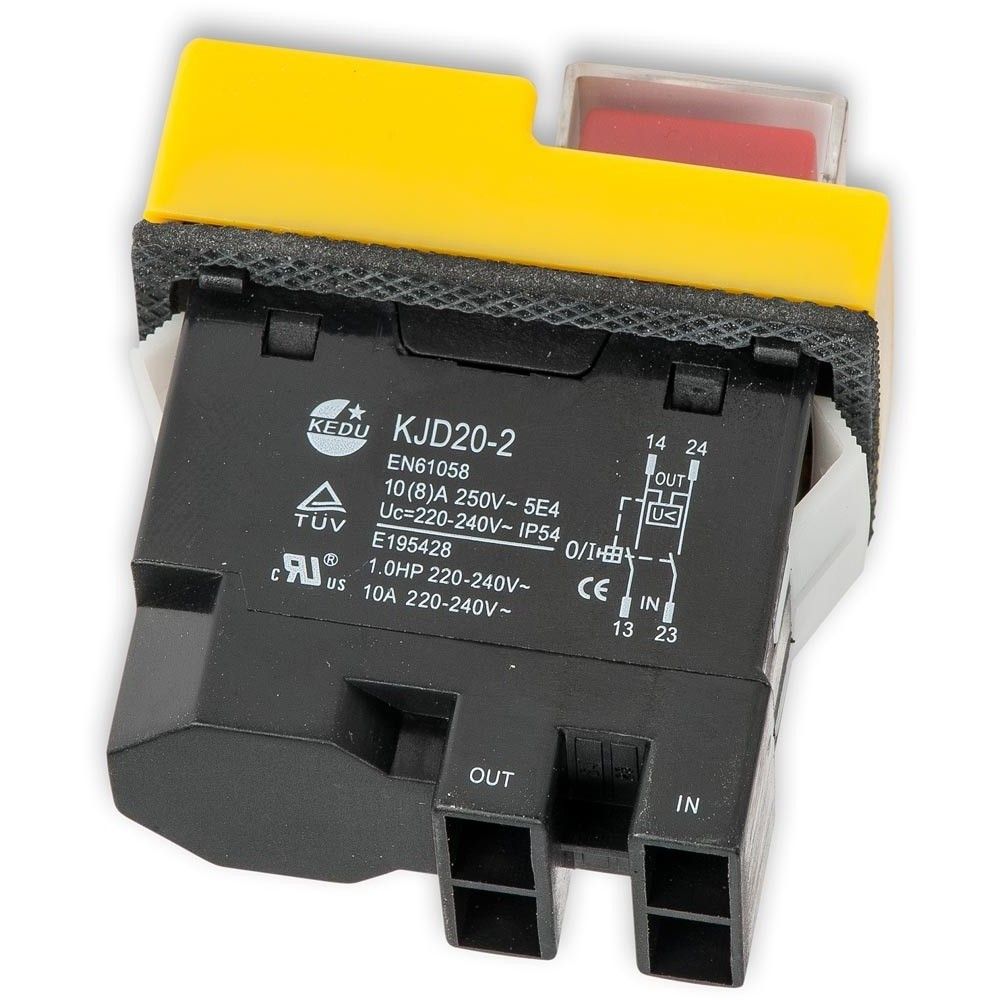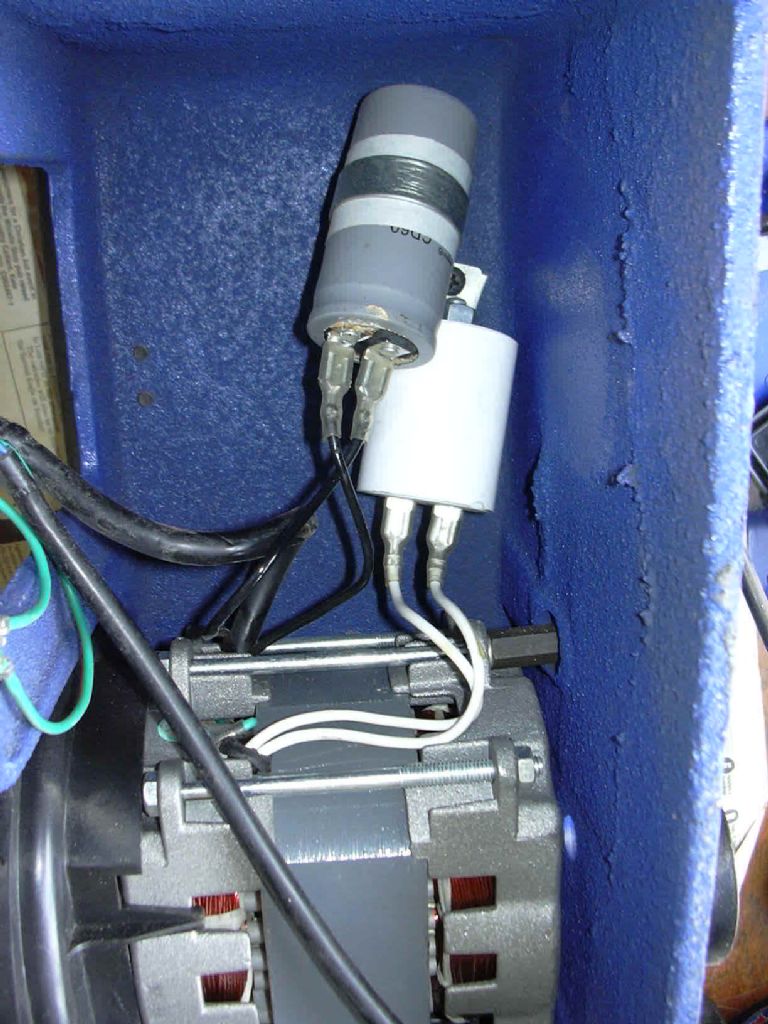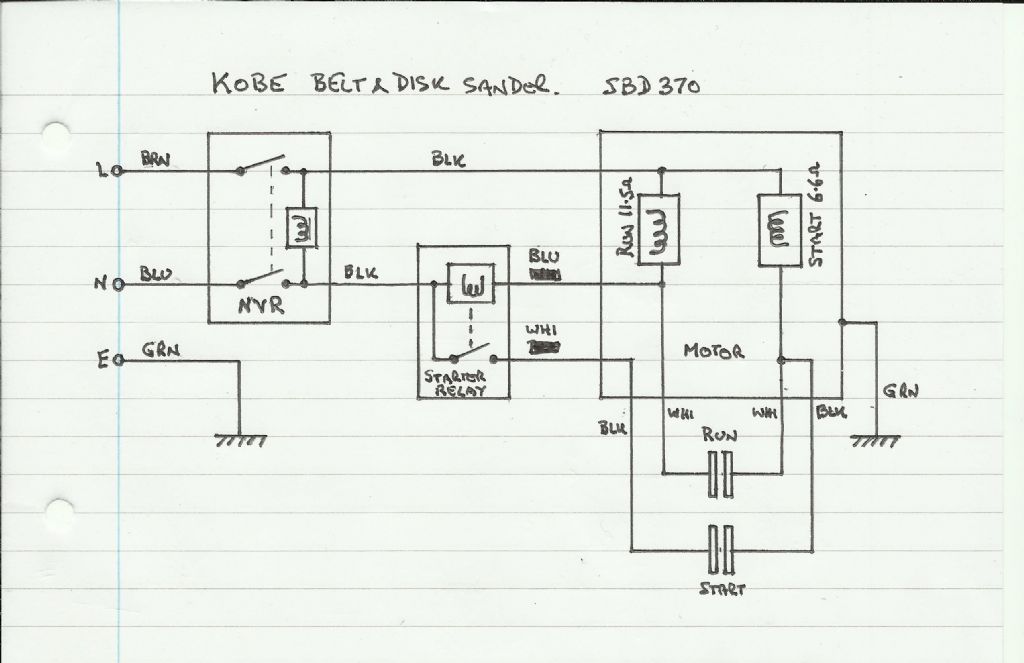Repairs to Kobe Belt Sander
Repairs to Kobe Belt Sander
- This topic has 11 replies, 6 voices, and was last updated 5 September 2016 at 14:22 by
Swarf, Mostly!.
Viewing 12 posts - 1 through 12 (of 12 total)
Viewing 12 posts - 1 through 12 (of 12 total)
- Please log in to reply to this topic. Registering is free and easy using the links on the menu at the top of this page.
Latest Replies
Viewing 25 topics - 1 through 25 (of 25 total)
-
- Topic
- Voices
- Last Post
-
- Creworks Lathes on Amazon UK – some big price drops for Black Friday Week
- 5
- 24 November 2024 at 12:33
Viewing 25 topics - 1 through 25 (of 25 total)
Latest Issues
Newsletter Sign-up
Latest Replies
- FreeCAD version 1.0 released
- Creworks Lathes on Amazon UK – some big price drops for Black Friday Week
- Bronze
- Traction Engine Identification Help Please….
- A blast from the past
- Choosing a suitable fine point capacitive phone stylus
- What is (Traditional) Model Engineering?
- Co-ordinate positioning for circle of holes (not all equally spaced)
- Westbury Cam Turning Jig
- ML10 questions


